Tag: X-ray
Recently published on ApJ the study “Investigating the Structure of Vela X” of P. Slane (CfA) on the morphology of the Vela supernova remnant
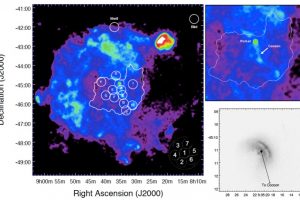
What remains after a supernova explosion, which is among the most energetic phenomena in the Universe, is an expanding cloud interacting with the surrounding interstellar medium (the “supernova remnants”) and a compact object produced by the contraction of the nucleus of the progenitor star. Given its proximity to the Sun (“only” 945 light years), the Vela supernova remnant is one
» Read moreTesting X-IFU performances. Published on SPIE: “Testing the X-IFU calibration requirements: an example for quantum efficiency and energy resolution” of E. Cucchetti (IRAP, CNRS, Universite’ de Toulouse)
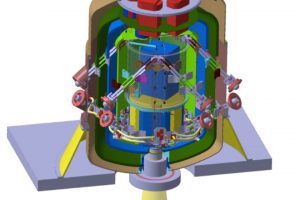
of Mario Giuseppe Guarcello ( follow mguarce) In the past ten years the X-ray Universe has been explored mainly by two telescopes: the NASA satellite Chandra and the ESA satellite XMM-Newton. These two telescopes are still operating efficiently. However, the scientific community has already started planning the next generation of instruments for X-ray astronomy. In Europe, the future in
» Read moreDiffuse X-ray emission in massive star formin region. Published on ApJS “Diffuse X-ray emission in the Cygnus OB2 association” of J. F. Albacete-Colombo (Universidad de Rıo Negro)
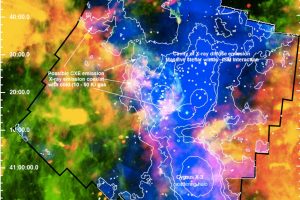
During their short existence lasting only few million years, massive stars (more massive than 8 solar masses with spectral type O and B-early) strongly affect the surrounding environment thanks to their intense UV radiation and stellar winds. A single O star, in fact, can loose about 10-6 solar masses of gas in a wind reaching velocities of 1600–2500 km s−1 (Stevens & Hartwell, 2003).
» Read moreINAF-OAPA researchers observe for the first time X-ray emission from an active region in a B star
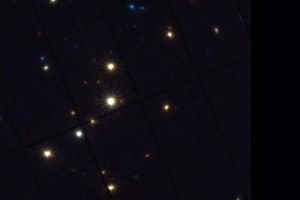
The study of the X-ray emission from stars provides an unmatched view of those energetic phenomena occurring in stars. In massive stars (O and early B stars), soft X-ray photons (less energetic than about 1 keV) are emitted from shocks in stellar winds. More energetic photons (the hard X-ray emission) is due to colliding stellar winds in binary systems or
» Read moreOsservata per la prima volta emissione ai raggi X associata ad una regione attiva in una stella B. Pubblicato su A&A lo studio: “Detection of magnetic field in the B2 star ρ Ophiuchi A with ESO FORS2” di I. Pillitteri (INAF-OAPA)

di Mario Giuseppe Guarcello ( segui mguarce) Lo studio dell’emissione di raggi X dalle stelle offre molte diagnostiche di fenomeni stellari ad alta energia. Nelle stelle massive (di classe spettrale O le B più calde) raggi X “soffici” (con energia generalmente minore di 1keV, corrispondente a temperature minori di 10 milioni di gradi) sono emessi in shock nei
» Read morePalermo ospiterà il meeting “Exploring the Hot and Energetic Universe”

di Mario Giuseppe Guarcello ( segui mguarce) Dal 24 al 27 Settembre 2018, si terrà a Palermo, presso il Real Teatro di S. Cecilia, il meeting internazionale “Exploring the Hot and Energetic Universe”, dedicato al telescopio ai raggi X Athena (Advanced Telescope for High-Energy Astrophysics). Athena, una missione in fase di studio del programma “Cosmic Vision” di ESA
» Read morePubblicato lo studio: “X-ray survey of the North-America and Pelican star-forming complex (NGC 7000/IC 5070)” di F. Damiani (INAF-OAPA)

di Mario Giuseppe Guarcello ( segui mguarce) Poche ma estremamente importanti…. Le stelle con masse maggiori di 6 masse solari ed una temperatura efficace maggiore di 15000 gradi (stelle O e stelle B1-B5) sono particolarmente rare nell’Universo e la loro evoluzione si compie in pochi milioni di anni, un tempo piuttosto breve se paragonato ai miliardi di anni
» Read moreGreat participation of OAPA astronomers to the “X-ray Universe 2017”

More than 300 experts in high-energy astrophysics from all around the globe have participated to the meeting “X-ray Universe 2017”, which finishes today. The “X-ray Universe”, organized by ESA with the participation of several institutions such as INAF, is one of the most important periodic meeting about high-energy astrophysics, mainly focused on X-ray astronomy. This year it has been
» Read moreThe paper “CSI 2264: Simultaneous optical and X-ray variability in pre-main sequence stars. I” of M. G. Guarcello has been published in A&A
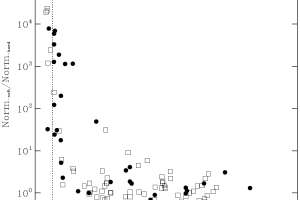
Observing how the light emitted by stars changes with the time can be an interesting hobby, but it can also be something more important: an important and powerful diagnostic for something that can be hardly studied with some other approach… This can be particularly important for pre-main sequence stars with protoplanetary disks. In these stars, in fact, important and
» Read more